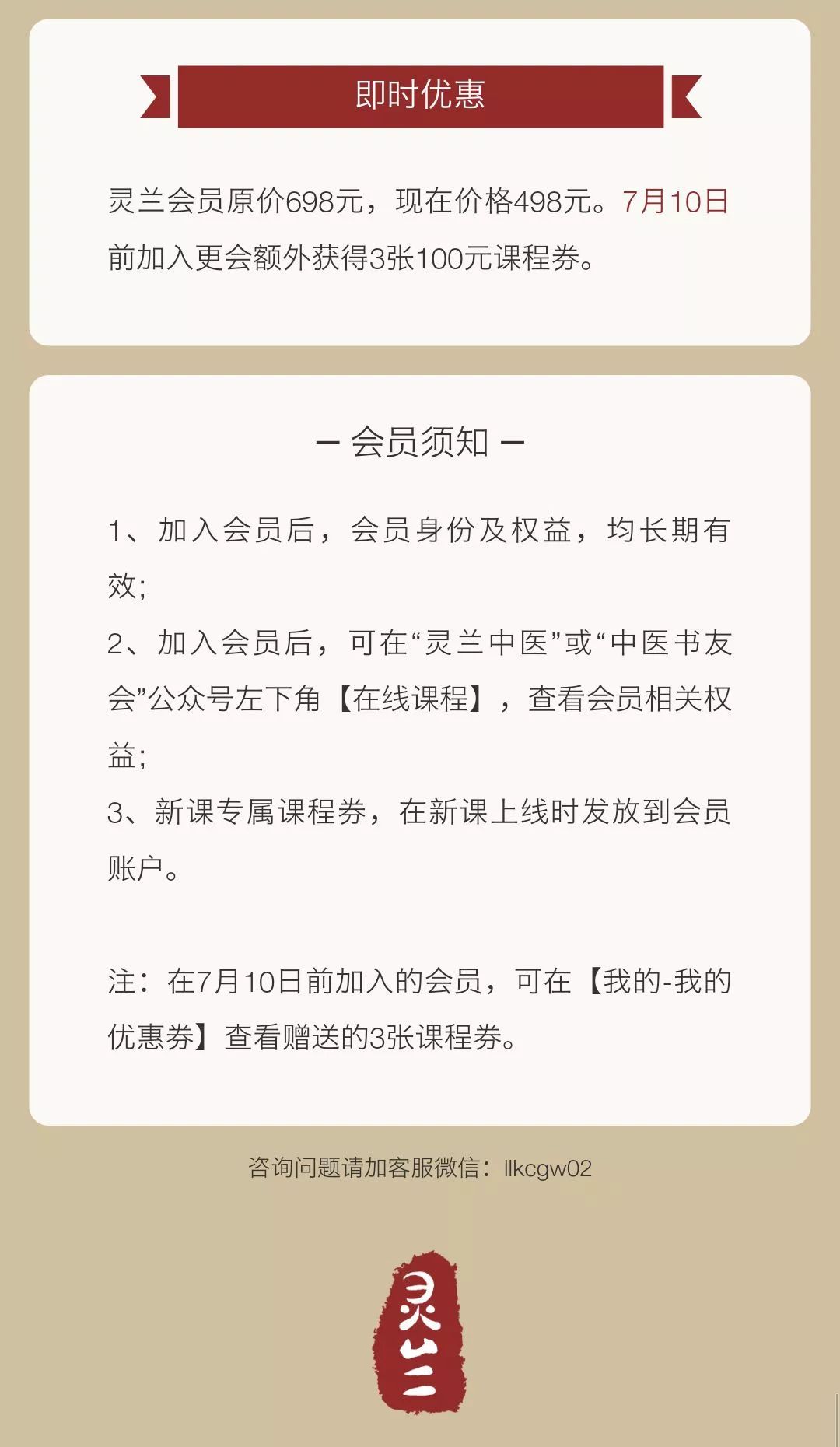
Chinese Medicine Book Club Issue 2113
One issue daily, accompanying the growth of TCM practitioners
IIntroduction: Fu Long Gan, also known as Zao Xin Tu, is the yellow clay found at the center of a stove made of brick and mud, formed through prolonged heating with firewood. This herb has been used in medicine for over 2000 years, and its therapeutic effects have been highly regarded by physicians throughout history. The author of this article has frequently utilized this herb to treat stubborn diseases. (Editor/Tang Yichao)

Four Uses of Fu Long Gan
Author/Hu Guojun
Fu Long Gan, also known as Zao Xin Tu, is the yellow clay found at the center of a stove made of brick and mud, formed through prolonged heating with firewood. It has a sweet, warm, slightly pungent flavor, and is rich in the essence of firewood, embodying pure Yang heat. It possesses the abilities to stabilize the earth, warm the center, promote movement, and restrain.
It can be used alone to treat stubborn diseases or combined in formulas to address severe conditions (such as persistent vomiting due to pyloric spasm or prolonged bleeding). I am well-acquainted with and frequently use this herb for difficult-to-treat illnesses. It is known for its ability to warm the center and dispel cold, as well as its astringent properties to stop bleeding; it excels not only in harmonizing the stomach and calming counterflow but also in binding the intestines and stopping diarrhea.
This single herb has four uses, and it is incredibly affordable, truly a high-quality product. If it can be specifically combined with methods to warm the center, descend counterflow, bind, and stop bleeding, it can indeed yield remarkable results with minimal effort. Below, I will record four case studies demonstrating the efficacy of Fu Long Gan.
1. Nausea and Vomiting
[Case 1] Zhang, female, 32 years old, diagnosed on December 18, 1979. In her third month of pregnancy, she experienced persistent nausea and vomiting. For over 20 days, her symptoms worsened; she would vomit after eating and even after drinking water. Despite receiving intravenous support, her vomiting never alleviated. Previous physicians had used dried ginger, Ban Xia (Pinellia), Ren Shen (Ginseng), Chen Pi (Aged Tangerine Peel), Sha Ren (Amomum), and Dai Zhe Shi (Hematite) without effect. Observing the patient lying in bed, she appeared weak, thin, and pale, with cold limbs and a sensation of cold wind invading her chest, and her stomach felt like a pig was pressing against it.
For two months, she had not eaten a single grain of rice, experiencing dizziness, a bland taste in her mouth, scant urination, and constipation. Her tongue was pale with a thin white coating, and her pulse was weak with a slight slippery quality. The pulse and symptoms indicated a deficiency of Yang in the middle burner and coldness in the stomach causing counterflow. The previous prescription seemed appropriate, so why was it ineffective?
Upon careful consideration, I realized that the spleen is the central earth, and it had lost its ability to stabilize and control counterflow, hence the stomach could not be regulated, leading to persistent nausea and vomiting. I decided to remove the bitter and cold Dai Zhe Shi and add 200g of Fu Long Gan to warm the center and restrain counterflow, dividing it into two doses, instructing her to use the decoction of Fu Long Gan instead of water to take the medicine, and to drink in small amounts multiple times.
At the second diagnosis, her nausea and vomiting had ceased, and she could eat a small amount of rice porridge. The cold limbs were also alleviated. The original prescription was modified by removing Ban Xia and Sha Ren, adding Fu Ling (Poria), Da Zao (Jujube), and Zhi Gan Cao (Honey-Fried Licorice) to nourish the spleen and stomach. After three doses, all symptoms resolved.
2. Hemorrhoidal Bleeding
[Case 2] Tu, male, 37 years old, diagnosed on March 2, 1984. He had a history of gastric disease and often felt discomfort in the middle burner. In recent months, with the cold weather, his symptoms of acid reflux and heartburn worsened, and self-medication with antispasmodic and acid-reducing medications was ineffective. One early morning, he suddenly collapsed while having a bowel movement, regaining consciousness shortly after, and then came for a consultation. He reported that his stools were tarry and watery, and he had vomited about 250ml of coffee-colored gastric contents.
It was undoubtedly an upper gastrointestinal hemorrhage, and due to the severity of his condition, immediate barium meal or endoscopy was not feasible; stopping the bleeding was urgent. The patient appeared pale, indifferent, dizzy, and had cold extremities. His tongue was pale with teeth marks on the edges, thin white coating, and his pulse was weak, thin, and slightly rapid. This indicated a long-standing deficiency of Yang and excess cold, with the spleen losing its ability to control, leading to unrestrained bleeding. I proposed a method to warm the center, strengthen the spleen, and restrain bleeding.
The prescription was: 200g of Fu Long Gan (prepared as above), 6g of Fu Zi (Aconite), 6g of Pao Jiang (Blast-Dried Ginger), 10g of E Jiao (Donkey-hide Gelatin), 15g of Di Yu (Sanguisorba), 10g of Bai Ji (Bletilla), and 15g of Dang Shen (Codonopsis).
After two doses, his symptoms alleviated, his spirit improved, and he no longer vomited coffee-colored gastric contents. The stool color also lightened, and his complexion improved. The medication was effective, so there was no need to change the prescription; I removed Fu Zi and added 15g of Shu Di Huang (Rehmannia) and reduced Fu Long Gan to 100g. After seven doses, the hidden blood in the stool turned negative, and he could consume semi-liquid food without issue. He was treated until now without recurrence.
3. Diarrhea
[Case 3] Li, male, 6 years old, first diagnosed on July 8, 1980. He had diarrhea for one month, appearing thin and weak, with poor appetite and fatigue, dry mouth and a desire to drink, and watery stools containing undigested food, but without foul odor. He had taken Huang Lian Su (Coptis) and Li Shi Ling (Loperamide) with no effect. Upon examination, the child appeared alert but indifferent, with a pale face, dry lips and tongue, slightly distended abdomen, scant pale urine, and a pale tongue with a thin white coating lacking moisture, and a weak, thin pulse.
How could a child suffer from this cold deficiency diarrhea in the hot summer? Upon inquiry, I learned that the child had been indulging in raw and unclean fruits, which harmed the insufficient Yang of the spleen, leading to stagnation in the middle burner, and the intestines lost their ability to transport, causing the essence of food and water to flow out as diarrhea. If this condition continued untreated, it would surely damage the Yin due to the loss of Yang. I proposed a method to warm the center, bind, and slightly assist in nourishing the intestines and Yin, avoiding the reckless use of bitter cold clearing agents due to the summer heat.
The prescription was: 60g of Fu Long Gan (prepared as above), 6g of Gan Jiang (Dried Ginger), 10g of Huai Shan Yao (Chinese Yam), 2g of Chuan Lian (Coptis), 10g of Dang Shen, 10g of Bai Zhu (Atractylodes), and 3g of Zhi Gan Cao. After taking two doses, the diarrhea reduced by half, and his appetite gradually improved. After taking three more doses, he was completely cured.
4. Gastric Pain
[Case 4] Cai, female, 45 years old, first diagnosed on July 12, 1972. She had a duodenal ulcer for 10 years, and despite various treatments from both Western and Chinese medicine, the results were unsatisfactory. After being introduced by a friend, she took pig stomach and ginger soup (a verified recipe) for six doses, but the effect was not significant. When she came for a consultation, she reported dull pain in the stomach with a feeling of heaviness, a gurgling sound, and a preference for warmth and pressure. She was tall and thin, with dry skin, poor appetite, and a bland taste in her mouth, showing clear signs of spleen Yang deficiency. Due to her long-standing illness, her stomach was weak, Yang was deficient, and the spleen was unable to manage, leading to water and dampness not being transported properly. Although the pig stomach had the function of tonifying the stomach, and ginger had the power to promote water metabolism, they lacked the rich earthiness needed to stabilize and nourish the center, making it difficult for the deficient cold spleen to warm and strengthen.
I instructed her to add 300g of Fu Long Gan to the original recipe, using 1500ml of water to decoct it, and then use this liquid to cook the pig stomach and 50g of ginger weekly, taking it warm in divided doses. After taking only four doses, her symptoms significantly reduced, with the cold pain in the stomach alleviated by half, and her aversion to cold was gone. Her appetite gradually improved, and her skin and complexion became more vibrant. The patient gained confidence and was advised to continue taking 10 more doses until fully recovered. Six months later, a barium meal examination showed that her duodenal ulcer had healed, and her stomach had only descended by 3cm.
Experience: Fu Long Gan has been used in medicine for over 2000 years, and its therapeutic effects have been highly regarded by physicians throughout history. The Huang Tu Decoction in the “Jin Gui Yao Lue” and the prescriptions in the “Lei Zheng Zhi Cai” primarily use this herb for treating gastric deficiency and vomiting.Due to its properties, flavor, color, and quality, it is suitable for the middle burner and spleen earth, possessing the ability to strengthen the spleen, enrich the earth, warm the center, and restrain. Therefore, for diseases arising from deficiency cold in the middle burner, loss of spleen control, and disharmony in the stomach, this herb is always effective.
The spleen, being the central earth, loses its ability to warm, transport, and control the rise and fall of clear and turbid. While warming the center and harmonizing the stomach can benefit the middle burner, they lack the strength to stabilize and control, and the ability to regulate the center. To strengthen the middle earth, control the transport, and stabilize, there is no other herb to seek but Fu Long Gan. Its sweet flavor and yellow color align perfectly with the nature of the spleen earth, being warm and dry, which is also favored by Yin earth. If this herb is combined with methods to warm the center, dispel cold, descend counterflow, and bind, it will surely achieve remarkable results. The four cases presented, while not exhaustive, provide a glimpse into its efficacy.
This herb is heavy and non-toxic; if taken in small amounts, it will not achieve its effect. As Lu Yuanlei said: “This substance is heavy and has a bland taste; if taken in small amounts, it will not be effective.” The “Compendium of Materia Medica” mentions its use for “protecting the fetus during pregnancy,” so using it in large doses for pregnant women has not been seen to harm the fetus. When decocted, it can extract its effective components without mixing with other herbs that may cause the decoction to become muddy and difficult to drink. Thus, it is a readily available, simple, and effective herb that not only has remarkable effects in formulas but can also treat stubborn diseases on its own, yet it is rarely stocked in pharmacies and hard to find in the market, and physicians seldom use it. I specifically record this to hope it can revive this excellent herb and benefit those suffering from ailments.
Recommended Reading
Book Club Sharing | Yao Yu treats postpartum wind, Zao Xin Tu treats insomnia, and stubborn hiccups
|
I Copyright Statement
I Submission Email [email protected] |



Join now
Membership statuslong-term effective

Join as a member and get a 300 yuan course voucher, only 2 days left


[Long press to recognize the QR code to enter the membership page]

↙Click the “Read the original text” below to enter the membership page

